





Live search by okas concepts to Oscommerce
Migrating your store from Live search by okas concepts to Oscommerce might seem daunting, but with proper planning and the right tools, it's a smooth process. Follow this step-by-step guide to ensure a successful transition.
Schedule a call
Step-by-Step Migration Guide: Live Search by Okas Concepts to osCommerce migration guide
Step 1: Prepare for Migration
In this step, we will assess your current setup on Live Search by Okas Concepts and outline the migration requirements to osCommerce. This preparation is crucial for a smooth transition.
Step 2: Data Mapping
This step focuses on mapping your existing data from Live Search to the corresponding fields in osCommerce. Proper data mapping is essential for a seamless transition.
Step 3: Data Migration
In this step, we will execute the actual data migration process, transferring your data from Live Search to osCommerce while ensuring data integrity.
Step 4: Configure osCommerce Settings
After migrating data, we will configure osCommerce settings to ensure that the platform operates as required and aligns with your business needs.
Step 5: Design and Customize Your Store
In this step, we will focus on designing and customizing your osCommerce store to align with your brand identity, ensuring an appealing user experience.
Step 6: Testing and Quality Assurance
In this step, we will conduct thorough testing of the osCommerce store to ensure all functionalities work correctly and the user experience is optimal.
Step 7: Launch Your osCommerce Store
In this final preparation step, we will launch your osCommerce store, making it live to customers while ensuring everything is functioning correctly.
Power Your Step - Get in Touch
Ready to elevate your e-commerce business with a seamless migration? Contact PowerCommerce for expert support and guidance throughout your migration journey.
Step 1: Prepare for Migration
Objective: Before initiating the migration process, it's essential to conduct a thorough assessment of your current e-commerce environment on Live Search by Okas Concepts. This step ensures that we understand the data and functionalities that need to be transferred to osCommerce, setting the foundation for a successful migration.
This phase involves evaluating your existing product catalogs, customer data, and any integrations currently in use. By identifying the specific elements that require migration, we can ensure that nothing critical is overlooked during the transfer.
Detailed Procedure:
Audit Your Current Data: Gather all the relevant data from your Live Search by Okas Concepts platform. This includes:
- Product information (names, descriptions, prices)
- Customer accounts and order history
- Promotional content and SEO metadata
Document Existing Integrations: List all existing services integrated with Live Search, such as payment gateways and shipping providers. This will help replicate or find alternatives in osCommerce.
Backup Your Current Data: It's crucial to take a full backup of your current Live Search data. Use the platform’s export functionality to save this data in CSV or XML format.
Set Up osCommerce Environment: Prepare the osCommerce environment by ensuring that the hosting service is selected and configured properly. Verify that it meets the system requirements.
Technical Considerations:
Ensure that you have the necessary access rights and permissions for both platforms. It’s important to check compatibility between the data formats from Live Search and osCommerce.
Best Practices:
- Perform the migration during off-peak hours to minimize disruption.
- Ensure all stakeholders are informed about the migration timeline.
Tools and Resources:
Utilize data export tools available within Live Search to ensure a clean data transfer. Familiarize yourself with the osCommerce documentation for data import procedures.
Troubleshooting Tips:
Check for discrepancies in data formats and ensure all necessary fields are included in the backup. Create a checklist to ensure all data is accounted for.
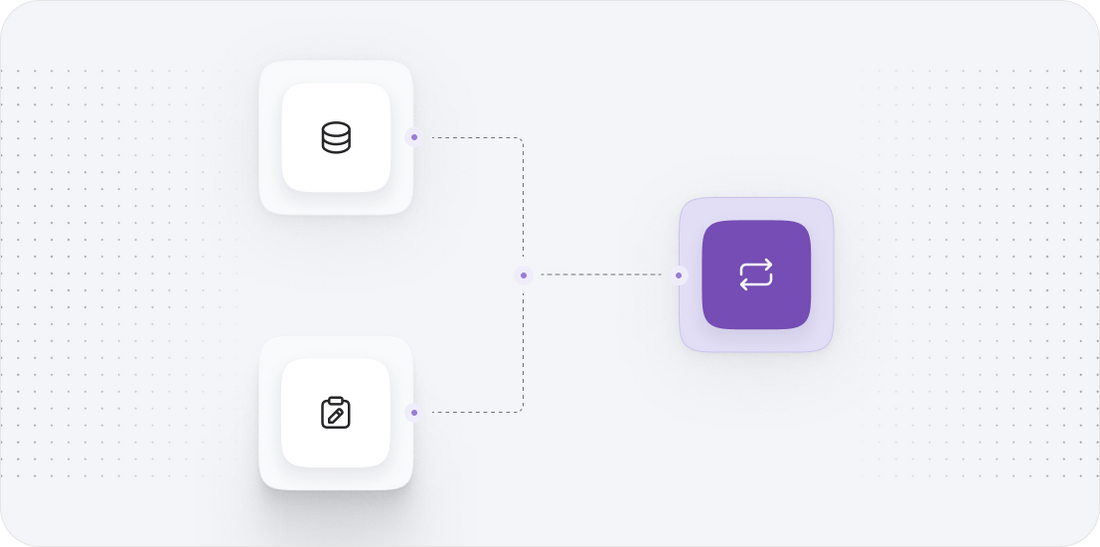
Step 2: Data Mapping
Objective: Data mapping is a critical step in the migration process that involves aligning the data structures of Live Search by Okas Concepts with those of osCommerce. This ensures that all product information, customer data, and other essential elements are transferred accurately without loss or corruption.
During this phase, we will define how the data collected from Live Search will fit into the osCommerce database schema, making sure that everything is in its right place once migration is complete.
Detailed Procedure:
Review osCommerce Database Structure: Familiarize yourself with the osCommerce database structure. Key tables include:
productsfor product datacustomersfor customer informationordersfor transaction records
Create a Mapping Document: Develop a data mapping document that outlines:
- Source fields from Live Search
- Target fields in osCommerce
- Transformation rules if any data needs conversion (e.g., currency formats, date formats)
Identify Missing Data: Determine any additional fields required by osCommerce that are not present in your Live Search data.
Test Mapping with Sample Data: Before proceeding with the full migration, conduct a test migration using a small sample set of data to validate the mapping.
Technical Considerations:
Pay attention to data types and field lengths to avoid truncation or errors. Ensure that all necessary fields in osCommerce are populated for seamless functionality.
Best Practices:
- Utilize data validation tools to check data integrity before and after migration.
- Keep an open line of communication with your team to address any mapping issues promptly.
Tools and Resources:
Consider using data mapping tools like Talend or Informatica to assist with this process.
Troubleshooting Tips:
Check for any discrepancies in data types and ensure all required fields are accurately mapped. Create a checklist to ensure all necessary mappings are complete.
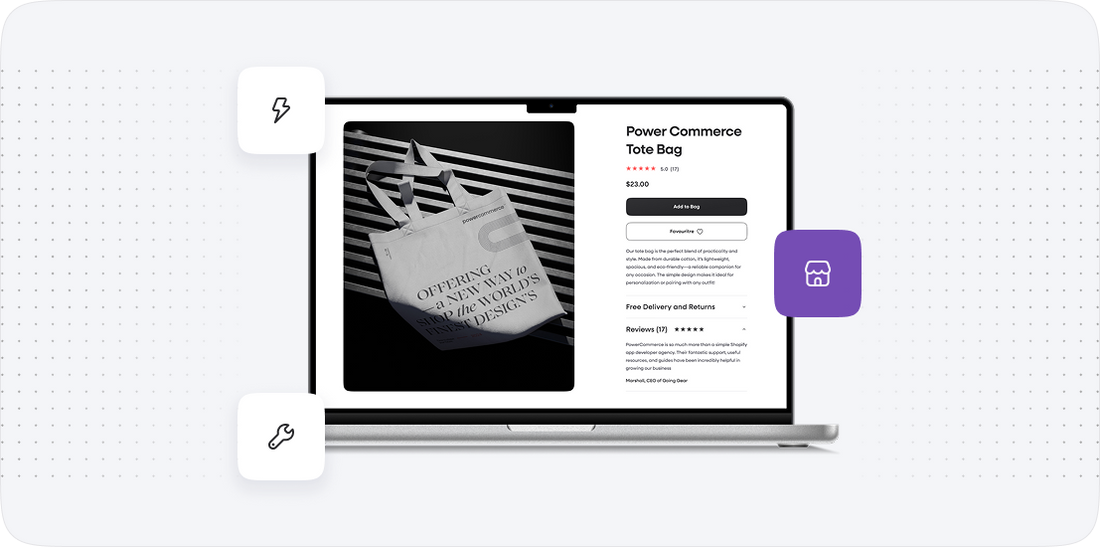
Step 3: Data Migration
Objective: The data migration step is where the actual transfer of data from Live Search by Okas Concepts to osCommerce occurs. It is crucial to execute this step carefully to ensure data integrity and to minimize errors.
During this phase, we will systematically move data while adhering to the mapping document created in Step 2 to ensure everything is accurately transferred and functional in the new environment.
Detailed Procedure:
Select Migration Tools: Choose the appropriate tools for migration. Some popular options include:
phpMyAdminfor direct database accessCSV Importerfor importing CSV files directly into osCommerce
Execute Data Import: Using the selected tool, begin the data import process. Follow these steps:
- Log in to your osCommerce admin panel.
- Navigate to the import tool.
- Upload the CSV or database file.
- Map the fields according to the mapping document.
Monitor Migration Progress: Keep an eye on the migration process to address any errors or issues that may arise in real-time.
Validate Data Transfer: After the migration is complete, conduct a thorough review of the data to ensure accuracy. Check for:
- Missing products or categories
- Incorrect customer records
- Order history integrity
Technical Considerations:
Ensure that there are no connectivity issues between your local or cloud storage and the osCommerce platform during the transfer, as this could interrupt the migration.
Best Practices:
- Perform the migration in stages, starting with non-critical data to reduce risk.
- Back up the osCommerce database before initiating the migration.
Tools and Resources:
Use migration plugins or scripts specifically designed for osCommerce to streamline the process.
Troubleshooting Tips:
If errors occur, consult the error logs generated during the import process to identify specific issues and rectify them promptly.
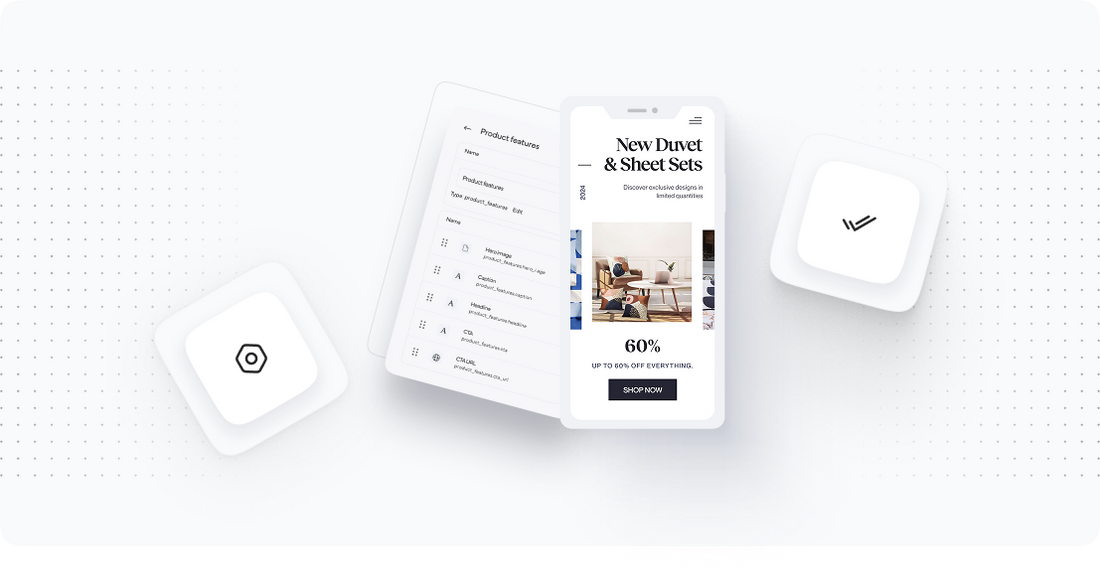
Step 4: Configure osCommerce Settings
Objective: Configuring osCommerce settings post-migration is essential to ensure that the platform is tailored to your operational requirements. This entails setting up payment gateways, shipping methods, and tax settings to provide a fully functional e-commerce environment.
This step will help align your newly migrated data with the necessary configurations for smooth operational flow and user experience.
Detailed Procedure:
Access osCommerce Admin Panel: Log in to your osCommerce admin dashboard.
Configure Payment Gateways: Navigate to the payment modules section and set up the preferred payment methods. Follow these steps:
- Select the payment module you wish to enable (e.g., PayPal, Credit Card).
- Input the required configuration details as per the payment provider’s guidelines.
Set Up Shipping Methods: Configure your shipping options in the shipping modules section. Ensure to:
- Select the shipping methods you want to offer (e.g., flat rate, free shipping).
- Enter the specific details such as rates and regions served.
Tax Settings Configuration: Define tax rules and rates applicable to your products based on your business location and compliance requirements.
Test Functionality: Conduct tests for payment processing, shipping calculations, and tax applications to ensure everything works seamlessly.
Technical Considerations:
Ensure that all payment gateways are PCI compliant and that any required SSL certificates are in place to protect customer data.
Best Practices:
- Regularly review and update payment and shipping options to align with customer preferences.
- Conduct thorough testing to catch any configuration errors before going live.
Tools and Resources:
Refer to osCommerce’s official documentation for detailed instructions on configuring payment and shipping modules.
Troubleshooting Tips:
If issues arise during testing, consult the osCommerce community forums or knowledge base for solutions, as they are a valuable resource for common configuration challenges.
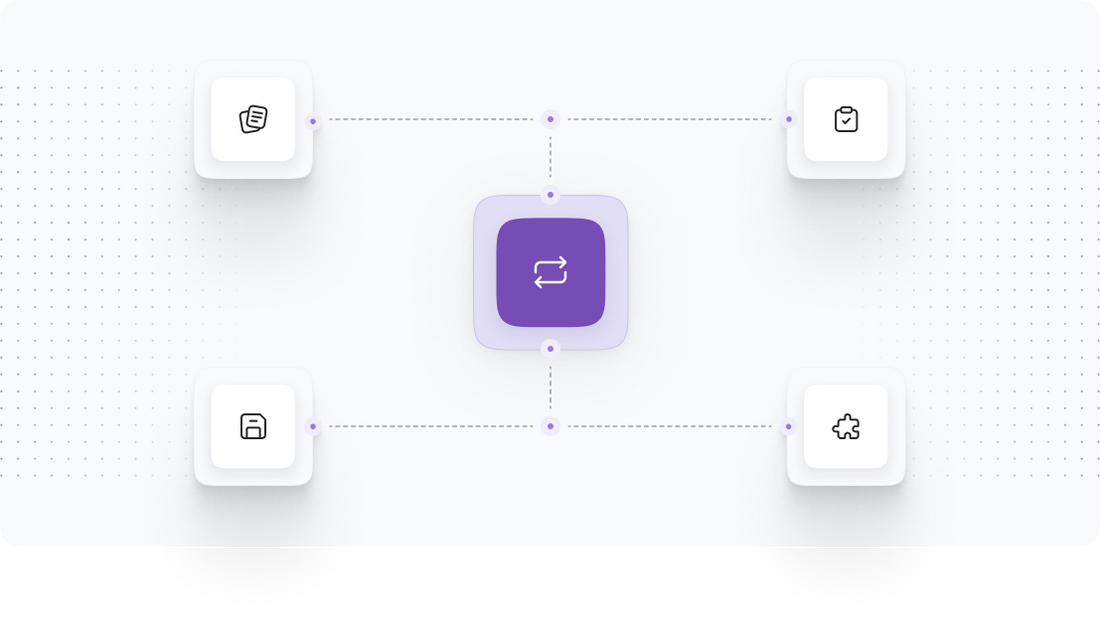
Step 5: Design and Customize Your Store
Objective: The design and customization phase is where we will enhance the aesthetics and usability of your osCommerce store. This is crucial for creating a positive shopping experience that aligns with your brand identity.
By utilizing the available themes and customizations, we aim to make your online store visually appealing while ensuring that it provides a seamless user journey.
Detailed Procedure:
Select a Theme: Choose a theme from the osCommerce marketplace or use a custom design. Consider the following:
- Ensure the theme is responsive and mobile-friendly.
- Check compatibility with osCommerce updates.
Customize the Theme: Utilize osCommerce’s built-in customization options to adjust colors, fonts, and layouts. You may need to:
- Modify CSS files for advanced styling.
- Update images and logos to reflect your brand.
Add Custom Features: If necessary, integrate custom features or plugins that enhance functionality, such as:
- Customer reviews
- Wishlist capabilities
- Live chat support
Test User Experience: Conduct usability tests to evaluate navigation, product discovery, and overall layout. Make adjustments based on feedback.
Technical Considerations:
Be aware of the potential impact of customizations on site performance. Regularly test for speed and user experience after implementing changes.
Best Practices:
- Always back up your design before making significant changes.
- Stay updated with design trends to keep your store engaging.
Tools and Resources:
Utilize design tools like Adobe XD or Figma to prototype and visualize your store's design before implementing it.
Troubleshooting Tips:
If design elements do not appear as intended, check for CSS conflicts or caching issues that may affect the display.
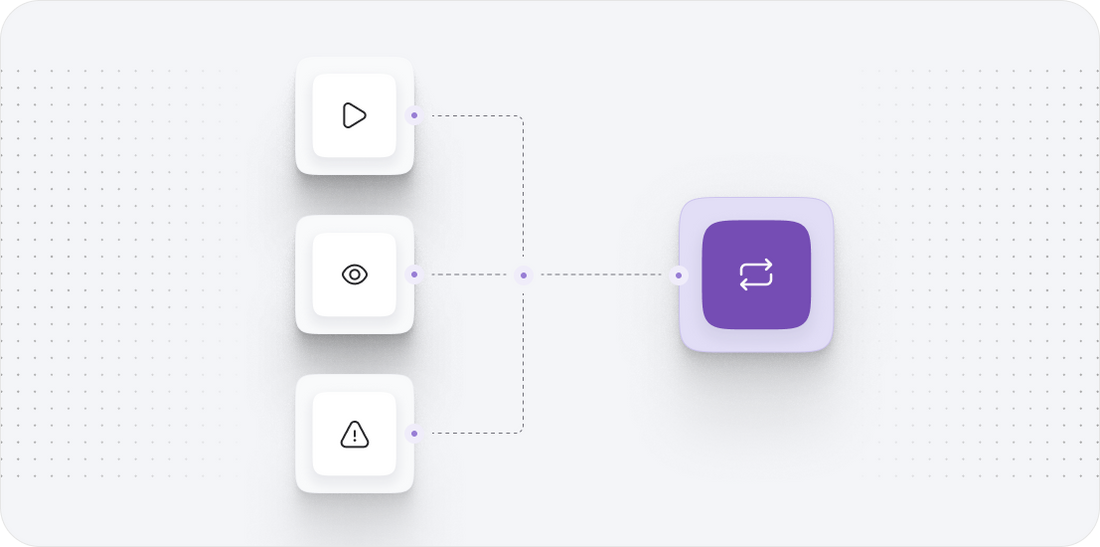
Step 6: Testing and Quality Assurance
Objective: The testing and quality assurance step is vital to ensure that all elements of your osCommerce store function as intended. This phase involves rigorous testing of all features to identify and rectify any issues before launching the site.
By conducting comprehensive tests, we can ensure a smooth customer experience and minimize the risk of errors that could affect sales and customer satisfaction.
Detailed Procedure:
Functional Testing: Verify that all features are working correctly, including:
- Product searches
- Shopping cart functionalities
- Checkout process
Performance Testing: Test the site for loading speed and responsiveness. Consider using tools such as:
- Google PageSpeed Insights
- GTmetrix
User Acceptance Testing (UAT): Engage a sample group of users to navigate the store and provide feedback on their experience. Collect insights on:
- Ease of navigation
- Product discovery
- Checkout experience
Bug Fixing: Identify and resolve any issues that arise during testing. Prioritize fixing critical bugs that could hinder transactions.
Technical Considerations:
Ensure that testing covers all user scenarios, including mobile and desktop access. Pay attention to different browsers and devices to guarantee compatibility.
Best Practices:
- Document all testing results for future reference and improvements.
- Involve team members from different departments to get diverse perspectives during UAT.
Tools and Resources:
Utilize testing tools such as Selenium for automated testing and JMeter for performance testing.
Troubleshooting Tips:
If bugs are encountered, trace back through your recent changes to identify what might have caused the issue. Check logs for errors and warnings.
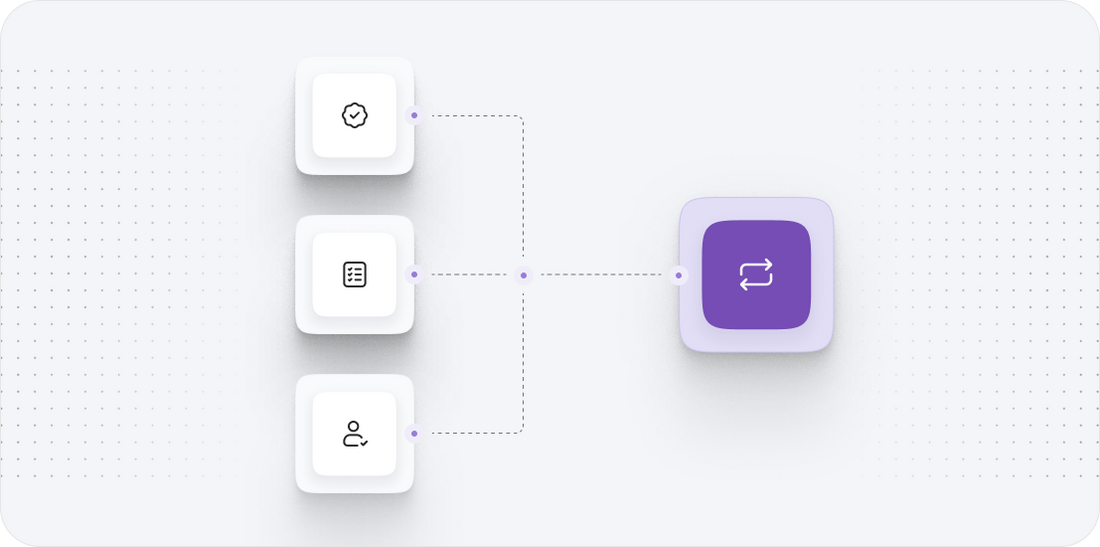
Step 7: Launch Your osCommerce Store
Objective: The launch step is the culmination of all prior efforts, where we will take your osCommerce store live to the public. It’s critical to ensure that everything is functioning properly to provide a seamless experience for your customers.
This phase involves final checks and monitoring to ensure a smooth transition from a testing environment to a live platform.
Detailed Procedure:
Final Checks: Conduct a last round of checks to ensure:
- All data has been migrated correctly
- Payment and shipping methods are fully operational
- Website performance is optimized
Switch Domain Settings: If applicable, update your domain settings to point to the new osCommerce installation. Ensure:
- DNS records are correctly configured.
- SSL certificates are in place for security.
Announce Your Launch: Communicate the launch to your audience through:
- Email newsletters
- Social media posts
- Promotional offers to encourage visits
Monitor Post-Launch: Keep a close eye on site performance and customer interactions in the initial days post-launch to quickly address any issues that arise.
Technical Considerations:
Ensure that all caching mechanisms are cleared post-launch to reflect the latest changes to customers. Monitor server load and traffic closely on launch day.
Best Practices:
- Have a rollback plan ready in case critical issues arise after the launch.
- Provide clear channels for customer support to address queries post-launch.
Tools and Resources:
Utilize analytics tools to track user behavior and performance metrics after launch.
Troubleshooting Tips:
Be prepared to act quickly on any emerging issues. Regularly check error logs and customer feedback to identify and resolve problems.
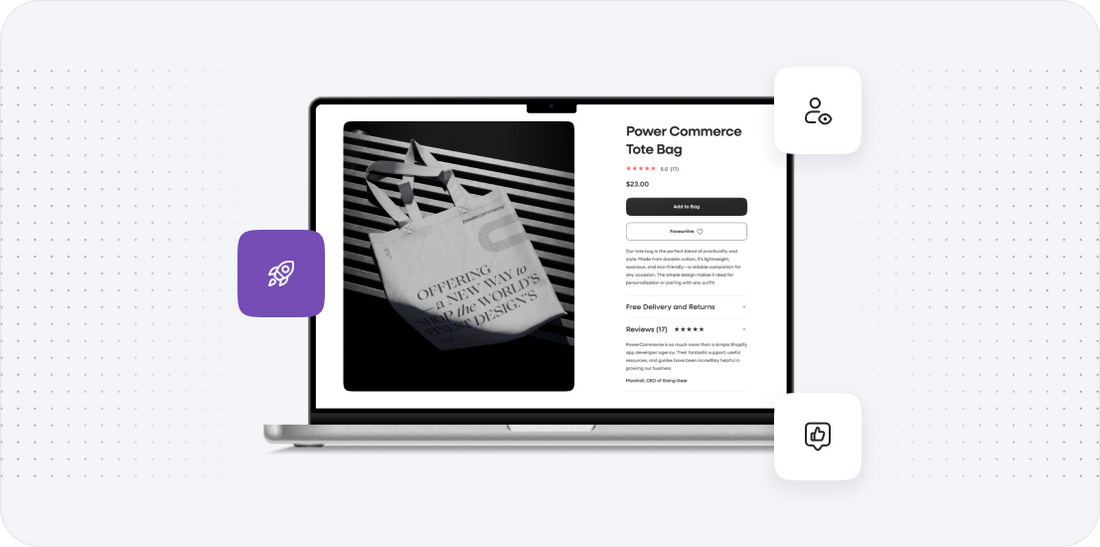
Power Your Step - Get in Touch
Power Your Step - Get in Touch:
At PowerCommerce, we are dedicated to ensuring your e-commerce migration is smooth and successful. With our extensive experience and customer-centric approach, we empower your business to thrive in the competitive digital landscape.
Contact us today to leverage our expertise and ensure a seamless migration:
- Fill out our contact form: Contact Us
- Call us at: 800-099-9090
- Email us at: info@powercommerce.com
With our commitment to integrity and excellence, we are here to support you every step of the way. Don't hesitate to reach out for tailored solutions that meet your unique business needs!
Stay aligned on what's happening in the commerce world
Trusted by 1000+ innovative companies worldwide
Schedule Your Migration Today
For businesses prioritizing simplicity, scalability, and robust support, Shopify is the clear winner.
Looking to migrate without hassle? Power Commerce can handle the entire process, ensuring smooth data transfer, store setup, and post-launch success.
Marka Marulića 2, Sarajevo, 71000 BiH
00387 60 345 5801
info@powercommerce.com


